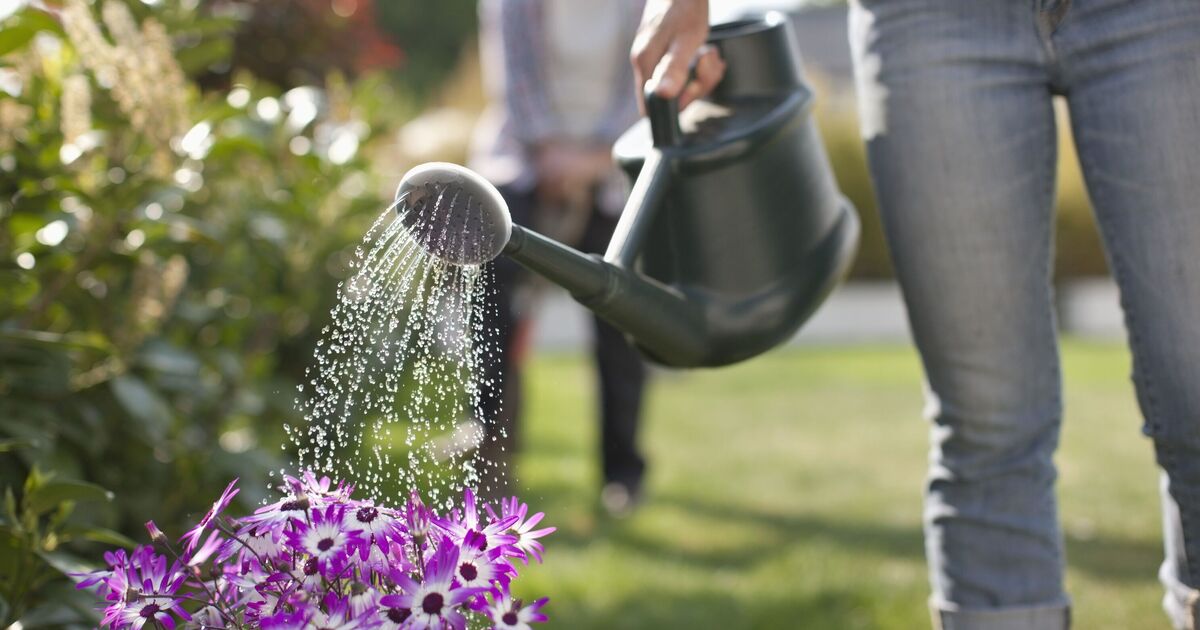Garden plants rely heavily on one thing during hot weather and that’s water so it’s important to get it right.
Watering should be the simplest thing in the world, but watering effectively and efficiently requires a little know-how.
The gardening experts at Phostrogen claimed that an error often made by gardeners is watering too frequently and at the wrong time.
It is often common to water garden plants once a day during the summer months but this will often depend on the weather and soil type.
Plants generally detest midday watering during summer. This is because temperatures soar and the rate of evaporation speeds up during the middle of the day. The water will evaporate quickly, drying the soil and depriving your plant of oxygen.
The gardening pros at Suttons also agreed with avoiding this time to water garden plants as it’s “ the hottest part of the day” as water will evaporate far quicker, leaving less for your plants and could end up “killing” them.
Instead, the expert at Phostrogen recommended: “In spring and autumn, water early in the morning, but in the summer, it can be best to wait until the evening as watering during full sun can result in burnt plants.”
The experts at Garden4Less also suggested watering in the evening. They said: “Your plants are going to benefit from watering in the evening and so is your water bill.
“Watering in the evening is also the best time as it will result in your plants taking in more water and reduced evaporation.”
However, gardeners need to be aware that if the weather is humid, slugs may be attracted to the wet soil so try to make sure the water is aimed directly at the soil.
If plants need lots of watering, or the weather is particularly hot, ensure to water very early in the morning too.
When watering plants, make sure to do so deeply and as close to where the roots are as possible.
Get the hose or watering can’s spout close to the base of plants and aim the water at the soil to avoid wetting leaves as much as you can. This way every last, precious drop is delivered right down at ground level.
Water each area thoroughly before moving on to the next, then return to the same area and water all over again. The first pass softens up the soil surface, making it more receptive to the second pass of water so that it penetrates the second time around.











